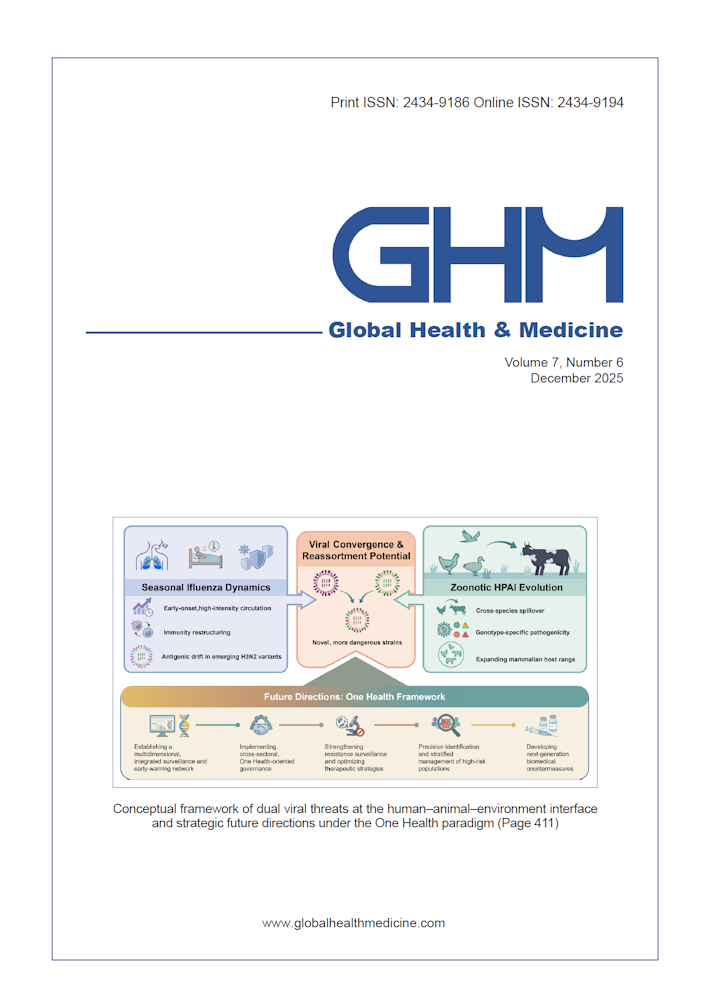Global Health & Medicine 2021;3(5):270-275.
Prevalence, diagnosis, and treatment of hepatitis C in Mainland China
Mei X, Lu HZ
Infection with the hepatitis C virus (HCV) is a major cause of liver disease and hepatocellular carcinoma in China. Rapid economic development has had an enormous impact on the epidemiology and treatment of hepatitis C. The prevalence of anti-HCV antibodies in Mainland China is approximately 0.91%, and use of injected drugs has become the main route of HCV transmission in China. Reimbursement for 3 direct-acting antivirals (DAAs) has been approved by the National Medical Insurance scheme in China, which ensures the accessibility of treatment for an HCV infection. To improve the awareness of treatments for hepatitis C among medical personnel and the rate of in-hospital screening for HCV, the Chinese Medical Association has formulated guidelines for the diagnosis and treatment of hepatitis C and a process of in-hospital screening for hepatitis C in China. These efforts have standardized the screening, diagnosis, treatment, and management of hepatitis C. Based on the international strategy for microelimination of hepatitis C, China has also screened and treated groups at risk of hepatitis C infection, and this has reduced the number of the infected. The current review describes the status of and issues with the prevalence, diagnosis, and treatment of hepatitis C in Mainland China as part of the global effort to eliminate viral hepatitis by 2030.
DOI: 10.35772/ghm.2021.01080







